McLaren's pit stop timing costs Lando Norris Canadian GP victory
Christian Horner believes McLaren's decision to delay Lando Norris' switch to slick tyres proved decisive in the British driver losing a potential Canadian Grand Prix victory to Max Verstappen.
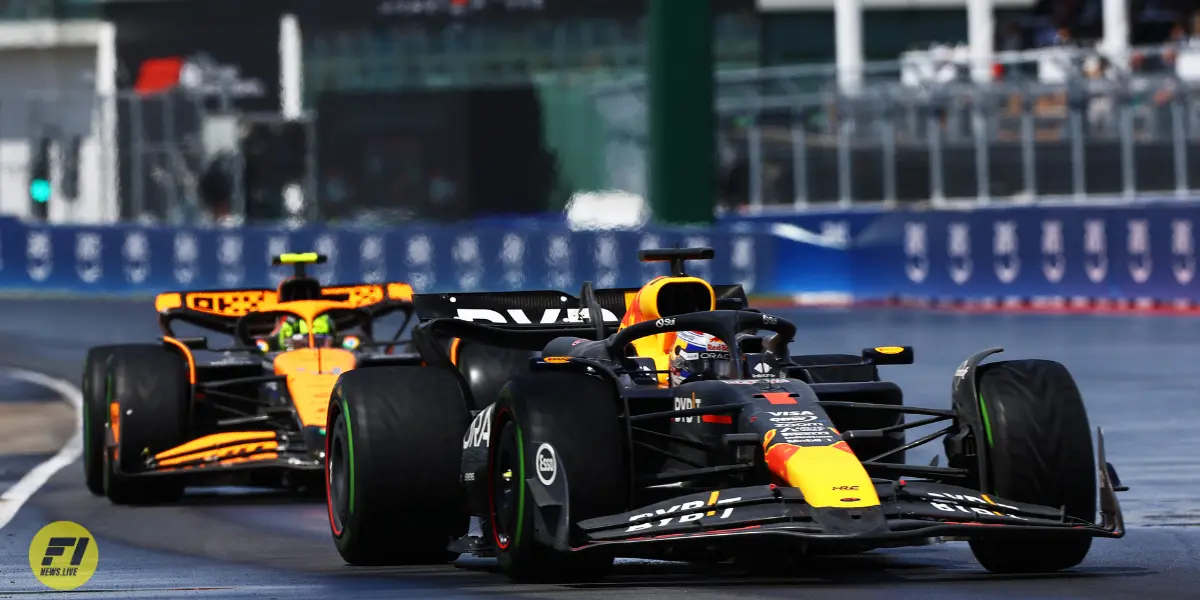
The 2024 Canadian Grand Prix provided a thrilling battle for victory between Max Verstappen and Lando Norris.
The latter appearing set for a dominant win until a crucial strategic decision by McLaren ultimately swung the race in Red Bull's favor, according to Christian Horner's analysis.
Norris' early pace advantage
In the opening stint, Norris capitalized on the drying track conditions, surging past George Russell's Mercedes to seize the lead from Max Verstappen. As Horner admitted,
"At that point, it looked like McLaren was the favorite to walk away and win the race."

Norris built a substantial lead, appearing well-positioned for his maiden Formula 1 victory.
The critical pit stop phase
However, the complexities of the pit stop phase and tyre strategy would prove decisive.
A safety car period following Logan Sargeant's stranded Williams neutralized the race, allowing Red Bull to make setup adjustments that improved Verstappen's pace on the intermediate tyres.
The slick tyre dilemma
As the track continued to dry, teams faced a critical decision on timing the switch to slick tyres. Horner outlined the significance of this moment:
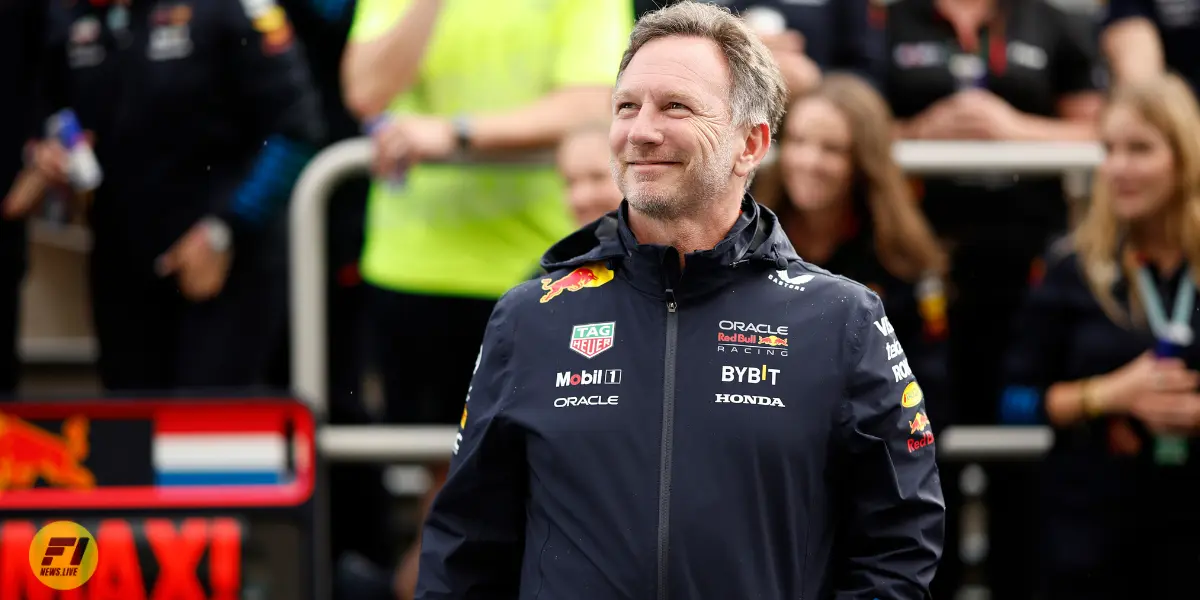
"It was all about getting the crossover at the right time, because the first sector was pretty damp. And when you drive out of the pitlane, you lose a huge amount of the temperature."
While Norris held a 20-second lead over Verstappen, McLaren elected to leave him out for an additional lap compared to his rivals.
Horner believes this proved "crucial," allowing Verstappen's tyres to reach their optimal operating window.
"They left him for two and that was crucial as that gave Max another lap to generate the temperature. "
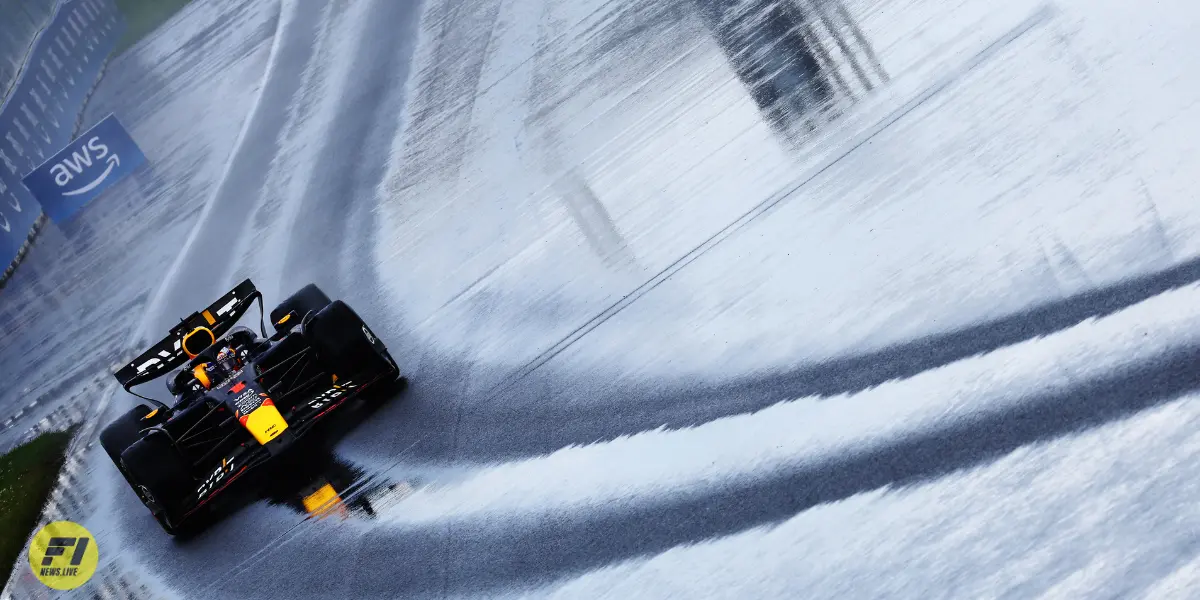
"So when Lando did pit, he [Verstappen] had tyres that were in a window and was able to drive and pull out a three-second gap by sector one."
The pivotal Moment
Despite emerging marginally ahead of Verstappen after his pit stop, Norris encountered a damp section of track, struggling for traction on his cold slicks.
In contrast, Verstappen capitalized on the dry racing line, seizing the lead in a decisive overtaking maneuver.
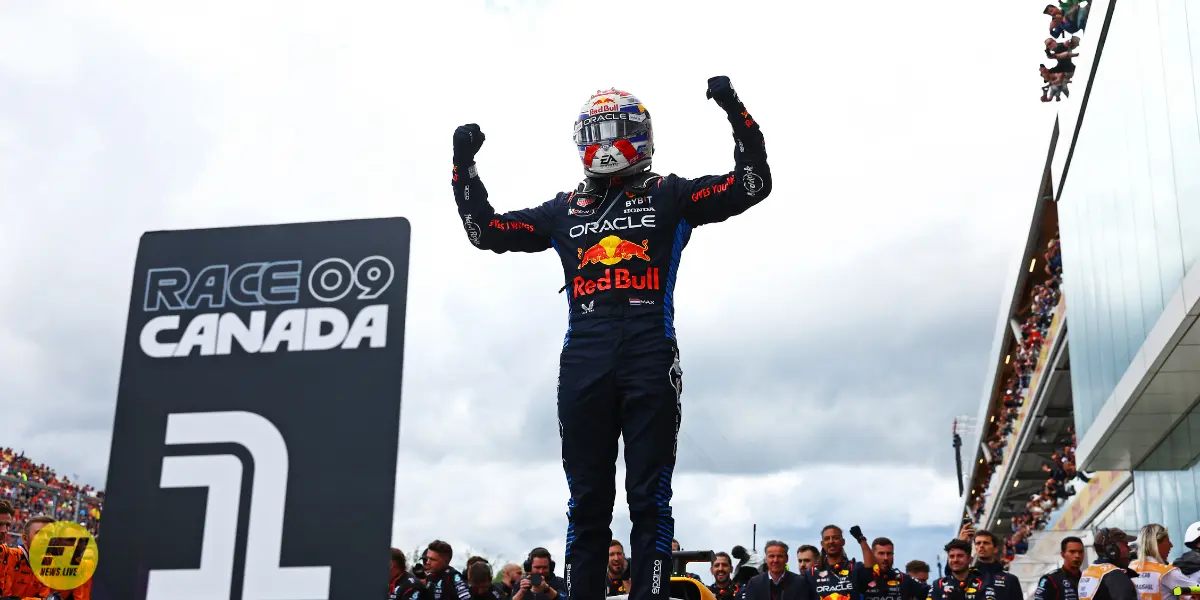
Horner's analysis underscores the fine margins and strategic complexities that define modern Formula 1 racing.
While Norris showcased impressive pace throughout the Canadian Grand Prix, McLaren's misjudgment in delaying his switch to slick tyres ultimately proved costly, handing Verstappen and Red Bull an opportunity they capitalized upon to secure victory.



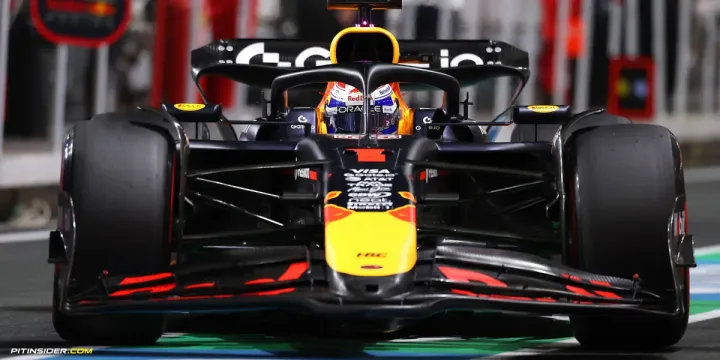

Comments ()